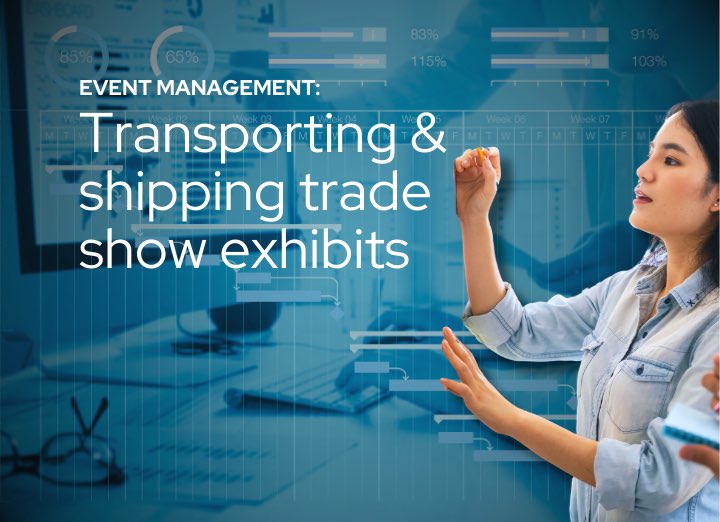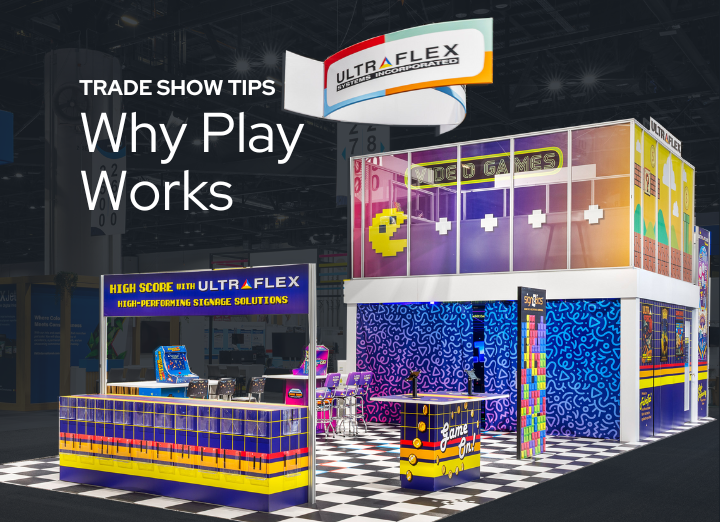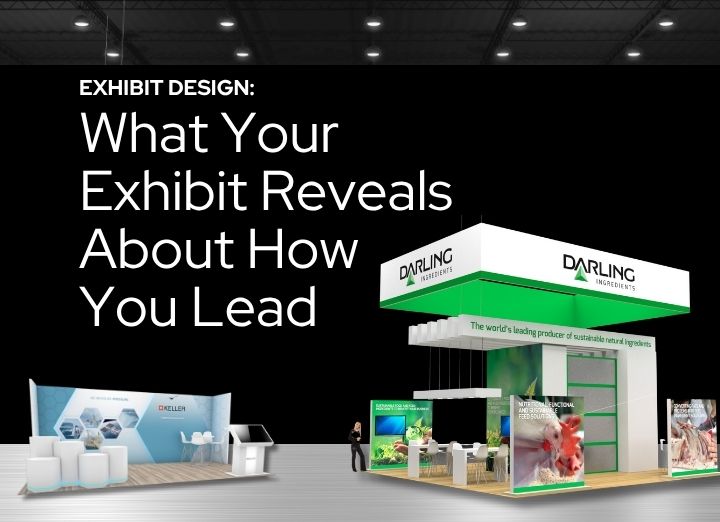Without the proper shipping logistics services, your exhibit is worthless because it will never see the trade show it is intended for. There are many things to take into consideration when preparing shipments, choosing carriers, and protecting exhibits. The following tips will remind you about the necessary steps to take before transporting an exhibit to an event.
It is important to plan out what type of transportation you will need far in advance. Waiting until the last minute will only raise costs and limit your alternatives. You should consider the packaging needs of the exhibit (fragile, oblong, heavy, etc.) and the distance between the starting point and destination. You should also consider the amount of time you have, as well as personal requirements for insurance, quality, pick-up, and delivery. These considerations will help you select the best shipping methods for your particular exhibit.
There are four main options for transporting trade show displays. The first is by common carrier. Common carriers are less expensive than other modes of shipment and it is easy to track the location of your exhibit throughout the process. However, they only accept crated materials and do not have the best suspension to protect your goods from bumps in the road. Also, common carriers tend to transfer shipments at hubs and distribution centers for consolidation, making it much more likely for your exhibit to be damaged.
Another form of transport is by van lines or specialist exhibition freight companies. These services accept pad wrapped components or crated materials. The exhibit will not be transferred between trucks and air ride suspension is provided on most van lines to protect exhibits against harsh roads. However, these services are more costly than common carriers.
Air freight allows for the extremely fast shipment of goods anywhere in the world, but for a relatively high price. Obviously, this is your only option if you have an exhibit that needs to be hundreds of miles away on the following day. The downside to air freight is that the employees who handle shipments are usually rough with the materials, leading to damage.
Courier services are also fairly expensive, but offer the quick delivery of displays. If you have a last minute delivery that needs to be made, use a courier service because they will usually guarantee a delivery time if what you are asking for is feasible.
Regardless of what transportation service you select, make sure they offer 24 hour tracking of your shipment and employ drivers with trade show delivery experience. Also, check to see if the event you are attending has an official carrier with special, lower rates. You should shop around from time to time to find the best deals, but once you find an extremely reliable service, try to keep using them to build a close relationship and receive volume / quantity discounts.
The way in which you prepare your exhibit for transport is of utmost importance. You are always better off using too many packing materials and restraints than using too few. Make sure your shipment is safe and secure to avoid unnecessary damage. You should label every single box or crate with the show name, location, booth number, and basic contact information. This limits the confusion that can arise during a hectic transfer of shipments to and from the event. It is also wise to limit the size of your crates or skids to maximize shipping efficiency. Do not exceed 48 inches wide by 102 inches tall because most van dimensions are 98 inches wide and 104 inches tall. This allows you to fit two crates side by side.





